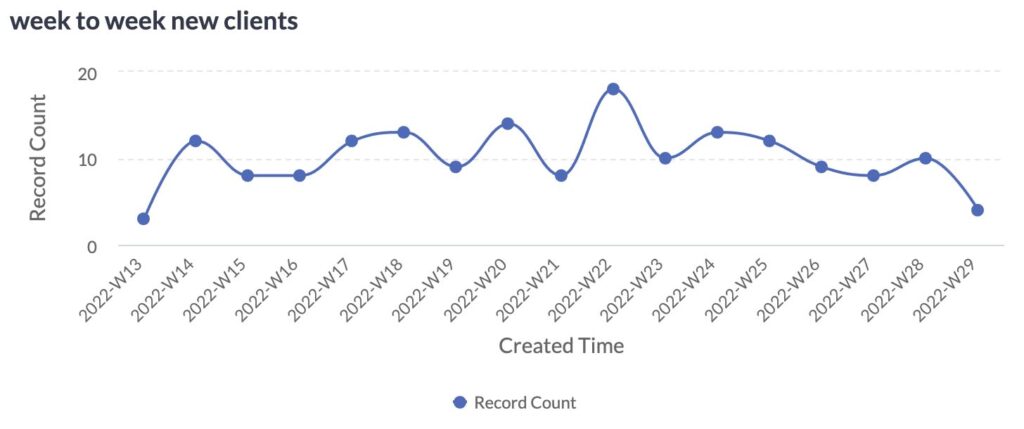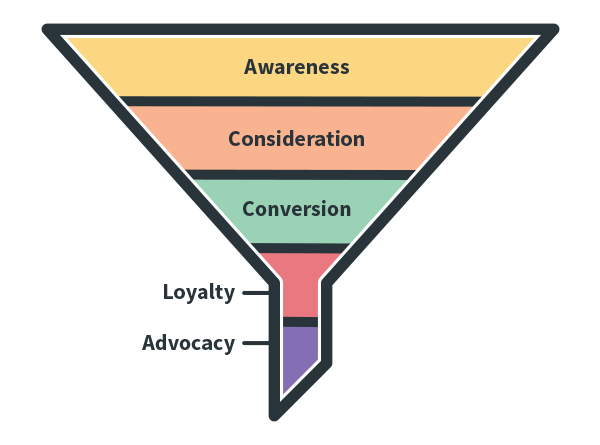The Value of Data
Many small business owners follow their gut when making decisions. If you’re tied into all aspects of your business this isn’t necessarily a bad thing- but to really grow a business you need to delegate certain aspects of the business to others. Now you’re involved in less of the day-to-day. Although you may have a pretty smart gut, it is now less reliable.
The solution is data. By integrating technologies into your day to day you allow for data collection across all aspects of your business. Don’t only collect at the marketing stage. Collect across all stages of your sales.

Connect Marketing and Sales
How did each of your customers find you? What marketing avenue has the highest ROI? What marketing source has the highest conversion rate? These questions all require a connection between your marketing and sales to track.
Utilizing a CRM to your marketing and sales processes makes this easy. An advanced CRM connects to your Google ads, your facebook ads, and most e-mail marketing tools. Assigning each lead to a marketing campaign means tracking a campaigns success through the sales cycle.
Marketing and Sales Funnels
A funnel for your marketing and sales categorizes your target audience and leads for easier tracking. While many standard funnels exist online, you probably will want to design your own. See the below image for an example of a marketing funnel.

While marketing and sales are their own unique funnels, the sales funnel often exists somewhere within the marketing funnel. This is due to marketing funnels encompassing repeat clients (see loyalty and advocacy stages in the above sample funnel).
This is all of course standard guidelines. At the end of the day you need to setup your funnels however works best for you and your company. Although the standards shown in this article are a good starting point you will ultimately customize your funnels to your needs. For a more detailed breakdown of marketing funnels and the purpose they serve, check out this article on MOZ.
Collecting And Utilizing Funnel Data
Once you’ve developed your funnel you want to define what qualifies a lead/sale into each funnel category, and find a way to track it. For example, a lead may be considered in the “Awareness” category of the above marketing funnel if they’ve visited your website. Likewise a lead that has filled out the contact form on your website might be considered in the “Interest” category.
Now that we have defined what qualifies a lead in these two categories, it is a simple matter of collecting that data. You know how many website visitors you have. You know how many people fill out your contact form. Now use that data! What percentage of leads in “Awareness” progressed to “Interest” month to month? Did you see a drastic change in that number between January and April? What caused it? This is just one example of how funnels and data will help you make better business decisions.
Examining data across funnels across time intervals is when they become powerful. Each business will be different. Determine what is the normal flow-through for your funnel. Set goals for upcoming months. Identify outliers and their cause. While data is important, how you use the data is just as crucial. Funnels assist with this.
Need help developing your funnels and connecting your marketing data to your sales data? Reach out for a free consultation from Texoma Marketing Solutions.

